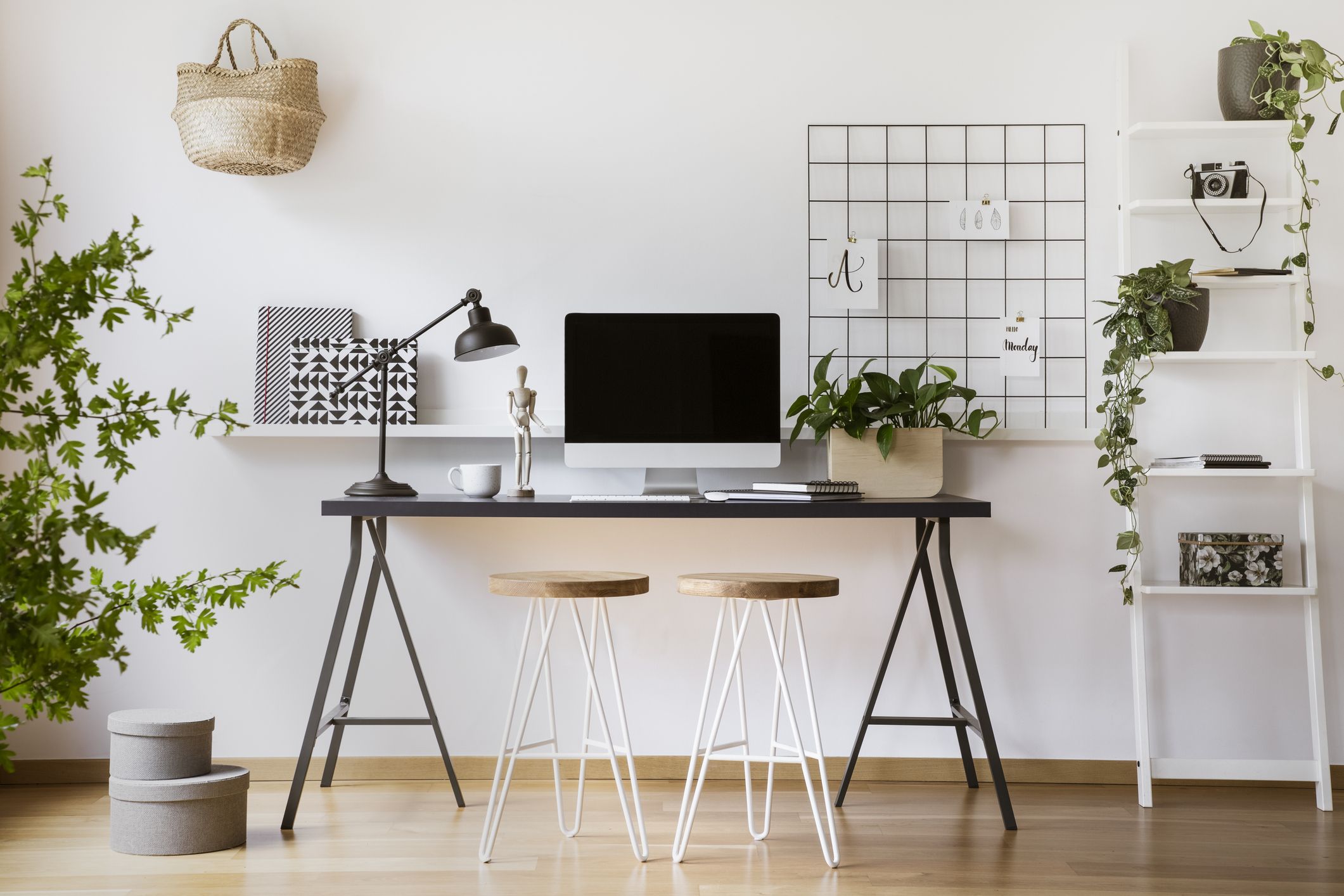Tips for Creating An Ergonomic Office Environment (Especially You’re A Developer)Tips for Creating An Ergonomic Office Environment (Especially You’re A Developer)
According to a recent study by Stanford University, “42 percent of the U.S. labor force now works from home full-time” due to the COVID-19 pandemic. For many new at-home workers, working from home meant plopping your laptop on the kitchen counter or sitting on your plush sofa to work.
A make-shift office was all you needed to get through this temporary working arrangement. However, as the weeks turned into months, you are probably starting to figure out that your temp office isn’t so great for your back and other parts of your body.
Declutter Your Workspace
Decluttering always seems the first step in most makeovers. Starting with a blank slate makes the job faster and easier. Clutter affects productivity. Scientists at the Princeton University Neuroscience Institute found that clutter/messes can drain our cognitive resources and reduce the ability to focus.
Monte says that decluttering and organizing your space makes it functional, inspiring, and gorgeous. “Start by removing the excess and categorize each zone for exactly what you need,” suggests Monte, “this allows you to understand everything you have in your office space so you can clearly make decisions on what to keep versus what you’d like to get rid of.”
It’s best to start with your desk. Monte suggests determining what you typically use while working at your desk. Make those items easily accessible and get rid of the rest. “You don’t want it to feel overloaded with so many office supplies or decorative tchotchkes that you can’t actually work,” says Monte.
Focus on Posture
We’ve all heard that timeless advice to “stand up straight.” But, what does this have to do with working at home? Good posture, whether it’s from standing or sitting, helps you center your weight properly. Proper posture reduces your chance of injuries. Good posture should be practiced while sitting or standing. For proper posture, remember to keep:
- chin parallel to the floor
- shoulders even
- neutral spine
- hips even
- knees even
- body weight distributed evenly on both feet (when standing)
- thighs parallel and your knees bent to 90-degrees when sitting
Adjust Desk Height
Do you sit or stand at your desk most of the time? Perhaps you do a mix of both. “When your office is tailor-made for you and customized to your workflow, you’ll notice an improved sense of fulfillment in the work you do,” says Monte. The recommended desk height for sitting is 25 to 27.5 inches, depending on your height. Your elbows and underarms should lie straight on the desktop and on the armrests of your chair with a 90- to 110-degree angle at the elbow.
If your desk is too low, Gold recommends using a desk riser. They are an inexpensive way to position your monitor and keyboard at comfortable levels. If you prefer to stand, the recommended height is 35 to 47 inches. According to a report published by Harvard Health Publishing, “standing, rather than sitting, may reduce the risk of shoulder and back pain.” Gold says if you are going to use a standing desk, use an anti-fatigue mat as well. Anti-fatigue mats reduce discomfort to the feet, legs, and back while standing for long periods.
Get the Right Office Chair
“If you have a history of lower back issues, the first thing you might want to do is make sure your desk chair supports your lower back,” suggests Gold, “and that you have room to stand and walk around at regular intervals to take some pressure off of it.” Your desk chair should keep you from leaning and straining. When you sit, scoot all the way back in your chair so that your backside reaches the backrest—your back does not have to be flush against the back of the chair. If there’s a gap between your back and the chair, you need lumbar support. Use a low-back or lumbar pillow to fill in that area. If your budget permits, upgrade to a comfortable office chair that supports your back.
Improve Your Lighting
Your available light can have a significant effect on productivity, wellness, and preventing Computer Vision Syndrome (CVS), also known as digital eye strain. Well-distributed, diffused light will reduce eye strain and glare on computer monitors. Also, proper lighting allows you to see and perform your non-computer tasks better.
If your current workspace lacks good light, you can achieve proper lighting with desk lamps. Pick a lamp that offers clean, cool light that mimics daylight. Also, a lamp with an adjustable dimmer will allow you to customize your lighting at your desk.
“Allow as much natural light to filter into your office as possible,” suggests Monte, “working from home can sometimes feel a little bit isolating but one thing that always seems to improve your energy level is embracing the natural light.” Natural light has the ability to make you more alert and energized—perfect for getting your work done.
